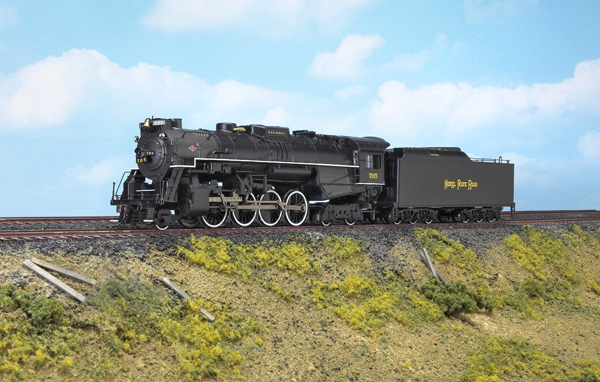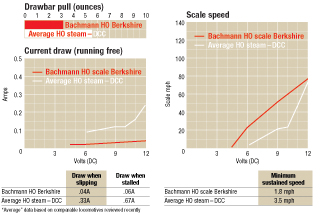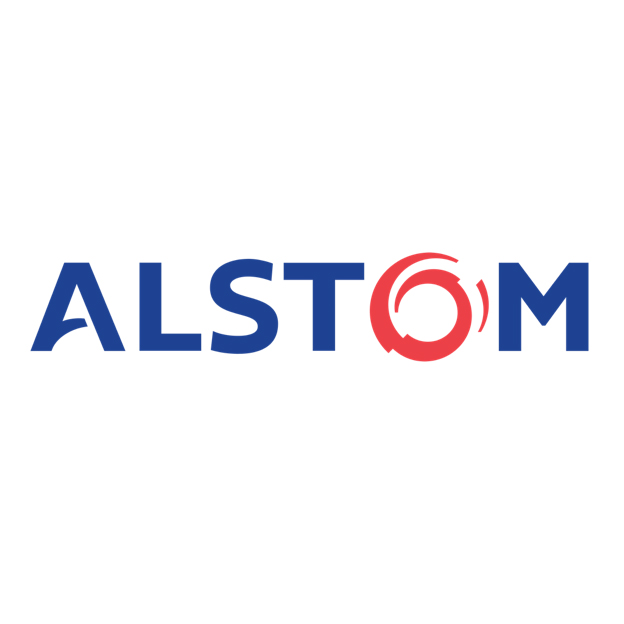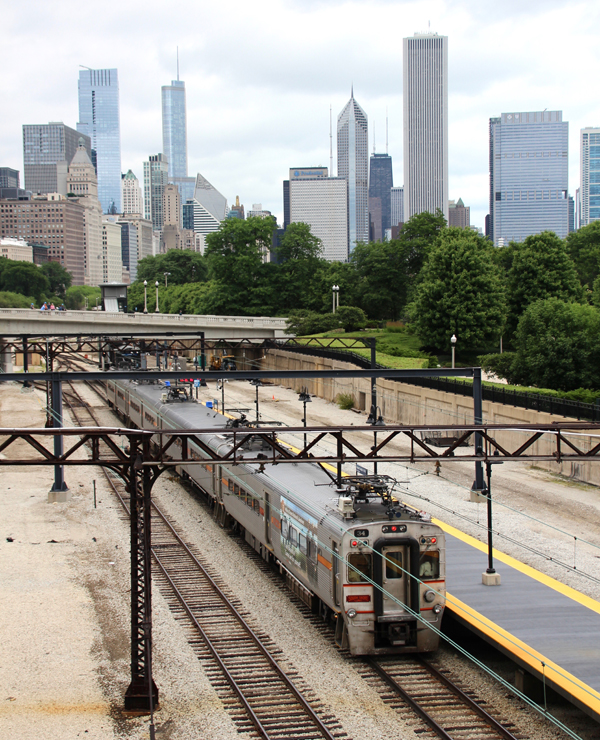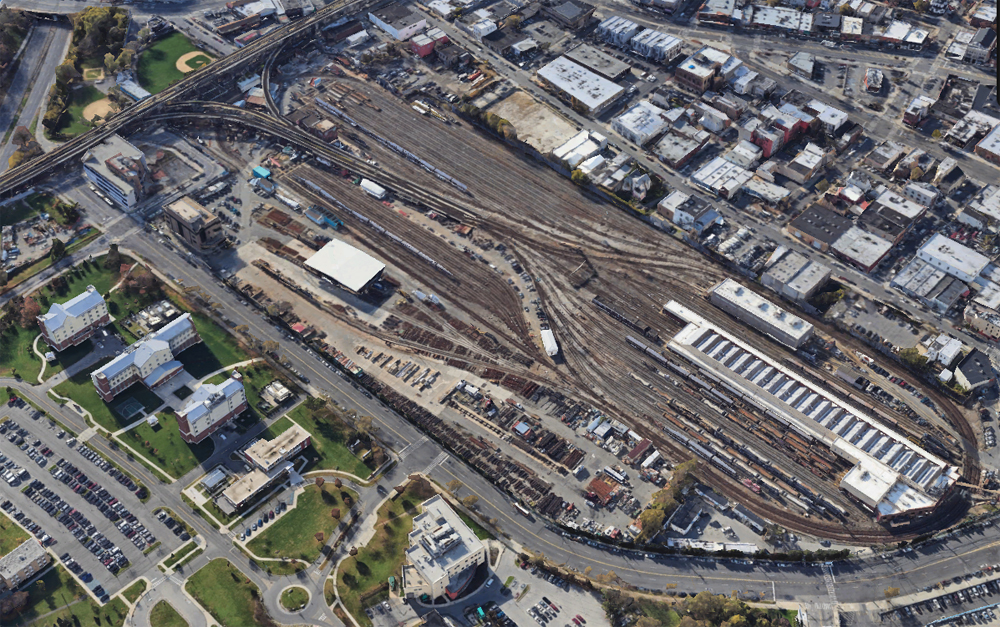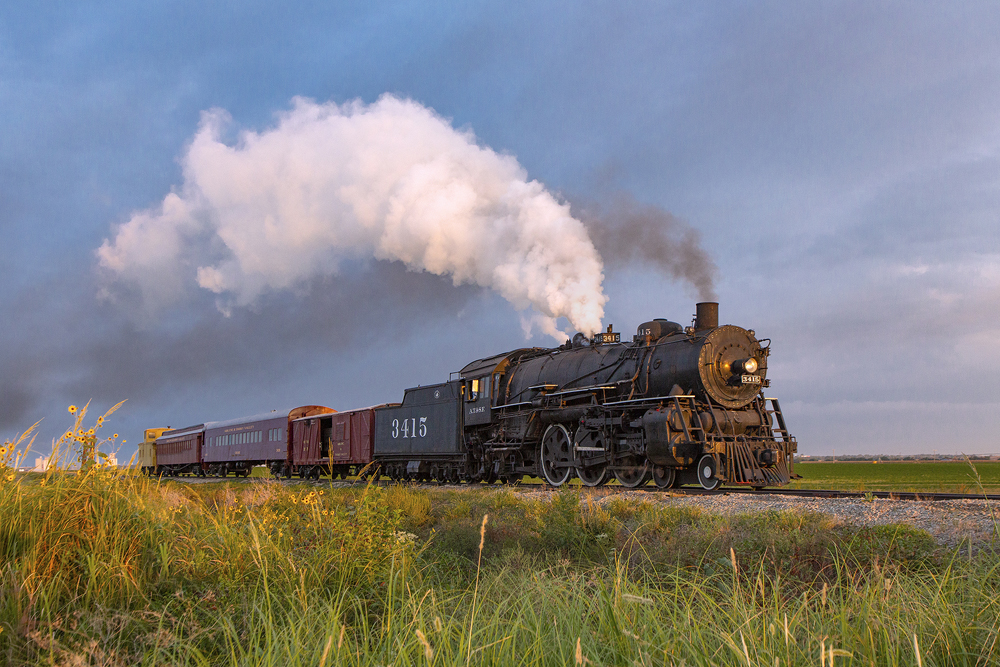Van Sweringen Berkshires. The prototype for the Bachmann model is one of the 300 2-8-4 Berkshires built for railroads owned by the Van Sweringen brothers of Cleveland, Ohio. The Van Sweringen railroads – the Chesapeake & Ohio; Erie; New York, Chicago & St. Louis (Nickel Plate Road); and Wheeling & Lake Erie – formed an Advisory Mechanical Committee that designed the Berkshire.
Although some Berkshires were built by the American Locomotive Co., most of the Van Sweringen Berks were built by the Lima Locomotive Works. A large number of the these locomotives went to the Nickel Plate Road, which had a Berkshire fleet that eventually totaled 112.
The Nickel Plate Road divided the Lima-built Berks into three classes: S-1 (nos. 715 to 739, delivered in 1942), S-2 (nos. 740 to 769, delivered in 1943 and 1944), and S-3 (nos. 770 to 779, delivered in 1948). The S-class Berkshires all had the same basic dimensions.
Nickel Plate Road Berkshire no. 779 was the last steam locomotive ever built by Lima and is preserved at the Allen County Museum in Lima, Ohio.
All dimensions of the Bachmann model match drawings of a Nickel Plate Road class S-3 Berkshire in the Model Railroader Cyclopedia vol.1: Steam Locomotives (Kalmbach Publishing Co.).
The HO scale locomotive is decorated and detailed for Nickel Plate Road no. 765, which has been preserved in operating condition by the Fort Wayne Railroad Historical Society in Fort Wayne, Ind.
Model construction. The model is made primarily of plastic, including the boiler, cab, and tender. The molded-in detail is well defined and matches the placement on the prototype, including rivet seams, boiler bands, and sand lines. The Berkshire has separately applied detail parts, including the handrails, throttle linkage, and boiler check valves.
The printed diamond-shaped Lima builder’s plates on the sides of the locomotive’s smokebox are legible under magnification.
Detail inside the cab is sparse. Engraving on the backhead depicts the basic outline of the firedoors and some piping. There are no seats or crew figures. However, there is glazing in all the cab windows and the cab walls are painted green as on the prototype.
Our review sample came decorated as Nickel Plate Road
no. 765 as she looks today when leading excursion trains. The locomotives’s running boards, footboards, driver tires, and leading truck, trailing truck, and tender wheels are edged in white.
The placement of the lettering matches prototype photos. The Nickel Plate Road lettering across the tender’s sides is noticeably thicker than on the prototype.
Drivetrain. The can motor and brass flywheel are inside the rear half of the locomotive boiler and contribute to most of the model’s weight. The motor turns a worm gear that transfers power to a gearbox above the third axle. The other drivers are powered through the motion of the side rods.
The engine drawbar has two holes. The outer hole spreads the cab and tender apart to allow the locomotive to negotiate tight curves. The inner hole provides more prototypical spacing.
Electrical connections consist of a two-pin plug and a four-pin plug on the tender that connect to sockets under the engine cab.
After removing four screws on the bottom of the plastic tender frame, I pulled off the tender shell. The printed-circuit board and DCC decoder are mounted on top of a metal weight that’s screwed to the tender frame. There’s plenty of room for adding a sound system.
In DC the headlight came on at 4.5 volts and the model started moving at 1.8 scale mph. The Bachmann Berkshire reached a top speed of 77 scale mph at 12 volts, which is within a couple scale mph of the prototype.
The model’s DCC decoder supports 28 speed steps, but our sample didn’t start moving until speed step 4. I tried adjusting the starting voltage and acceleration but the model still didn’t move in speed steps 1, 2, or 3. The Berk’s starting speed was an incredibly slow .2 scale mph and reached a top speed of 77 scale mph in step 28, which is close to that of a prototype Nickel Plate Berk.
In DC and DCC the Bachmann Berkshire has enough power to pull the equivalent of 45 average HO scale freight cars on straight and level track.
Although its DCC features are limited, this HO 2-8-4 still performed well. The Bachmann Berkshire would make a great addition to a late steam-era roundhouse.
Price: $160.00
Manufacturer
Bachmann Industries Inc.
1400 E. Erie St.
Philadelphia, PA 19124
www.bachmanntrains.com
Description: HO plastic and metal ready-to-run steam locomotive
Road names: Nickel Plate Road nos. 765 and 759 (railfan version), Chesapeake & Ohio nos. 2724 and 2760 (Kanawha version), Pere Marquette nos. 1218 and 1225, painted but unlettered (Kanawha and NKP versions)
Automatic dual-mode Digital Command Control (DCC)
Can motor with brass flywheel
Dimmable headlight and backup light in DCC
Drawbar pull: 3.2 ounces
Electrical pickup on all drivers and eight of 12 tender wheels
E-Z Mate Mark II magnetic knuckle couplers at correct height
Minimum radius: 18″
RP-25 metal wheels in gauge
Weight: 1 pound 4.5 ounces





